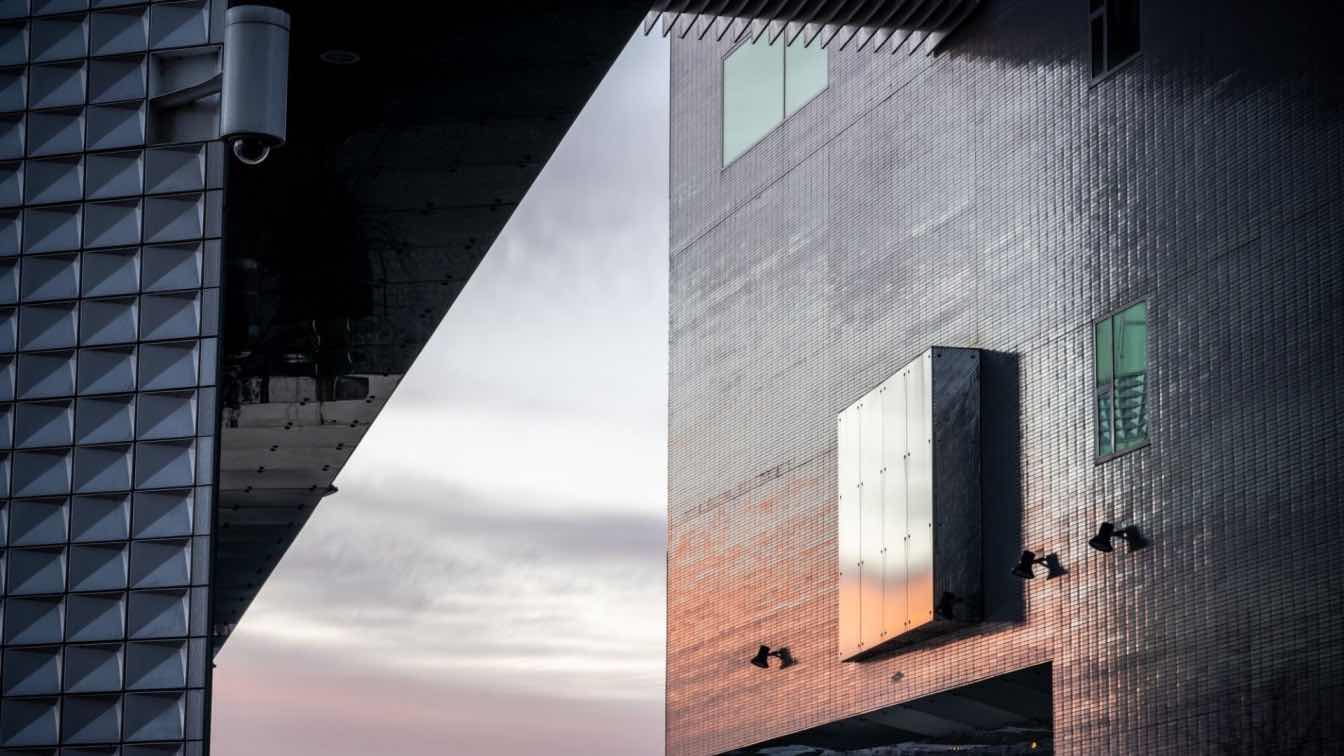Architecture, as an industry all its own, is a consistently evolving one, with trends that come and go. As the digital aspect of our human existence continues to grow, the changing needs of digital displays are having an impact on architecture in a whole new way. You can learn all about digital displays on the Kitcast digital signage blog. In the meantime, here’s how digital displays and architecture are coming together around the world.
What is Digital Signage as it Relates to Architecture?
This is a great question, and as the name implies, refers to digital signage that becomes part of a building’s architecture, rather than an add on the facade. Modern architecture takes digital displays into account during the building process instead of being incorporated after construction is complete. This allows for the combination of modern digital signage, coupled with aesthetics that contribute to the look and feel of a new build. Because of this, there are more and more buildings being erected with digital capabilities.
Architectural Examples that Use Digital Displays
The most common example is going to be a large billboard affixed to the outside of a building, but architecture in this realm goes a whole lot further. Video walls are a premier example, often used indoors to give guests and visitors important information, such as wayfinding.
Many buildings are adding digital displays on the floor inside, which is also very handy for wayfinding, particularly in large spaces, like office parks, hospitals and airports. These floor displays can be used in fun ways too, such as in museum exhibits or interactive art pieces.
Benefits of Digital Signage in Architecture
Digital displays become more popular all the time, particularly on retail and other commercial buildings. There are plenty of benefits for this. Read about them below.
Seamless Integration
When digital signage is a built in part of construction, it looks more seamless and like it’s meant to be there. Digital displays that become part of the architecture look cleaner and more modern than adding the signage later.
Eco Considerations
Eco concerns are becoming more and more of a consideration in all industries, architecture included. For that reason, many architects and their clients are focused on creating eco-friendly buildings. By adding solar panels to the digital displays, there’s a dramatic potential for energy and money saving.
Improves Appearance
Aesthetics are a large part of designing the look of a building. By incorporating digital displays during construction, it can be used in a way that complements the look and feel of the building when it’s finished. The displays themselves can also be used to integrate in how the finished structure looks.
Contributes to Revenue
Often, digital displays are used for advertising and marketing, so it makes sense that adding them to a building’s architecture creates a built in and simple way to increase revenue and build a customer base. By curating the signs, buildings and businesses can reach their target audience, while also getting their brand out there to newcomers.
Easy to Adapt
In comparison to paper signage, the digital version is much easier to change as necessary, without the resources and manpower needed to create, print and display new flyers. When you want to put up a new sale, advertisement or special deal, it’s much faster and easier to change the content on a digital sign.
Improves Communication
Digital signs are a great way to communicate with the general public, particularly when it comes to marketing. But they are also handy for other purposes, such as for emergency alerts or urgent notifications, both inside and outside a structure.
Digital Signage Considerations
While there are plenty of benefits of using digital signs as part of architecture, there are also some considerations to keep in mind.
Once integrated, the display is permanent
- Extra planning goes into incorporating digital displays
- The signs will need maintenance, repair and replacement from time to time
Despite these potential drawbacks, many businesses are finding that adding digital displays to their building architecture is a trend that just makes sense.
In Summary
Overall, adding digital displays to architecture is a trend that will likely continue to grow and evolve and will revolutionize the way people around the world do business. If you choose to add them to your construction plans, make sure you have a clear vision of how they’ll look, where they’ll be and how you’ll get the most out of them. This is definitely a trend you can get behind for years to come.





